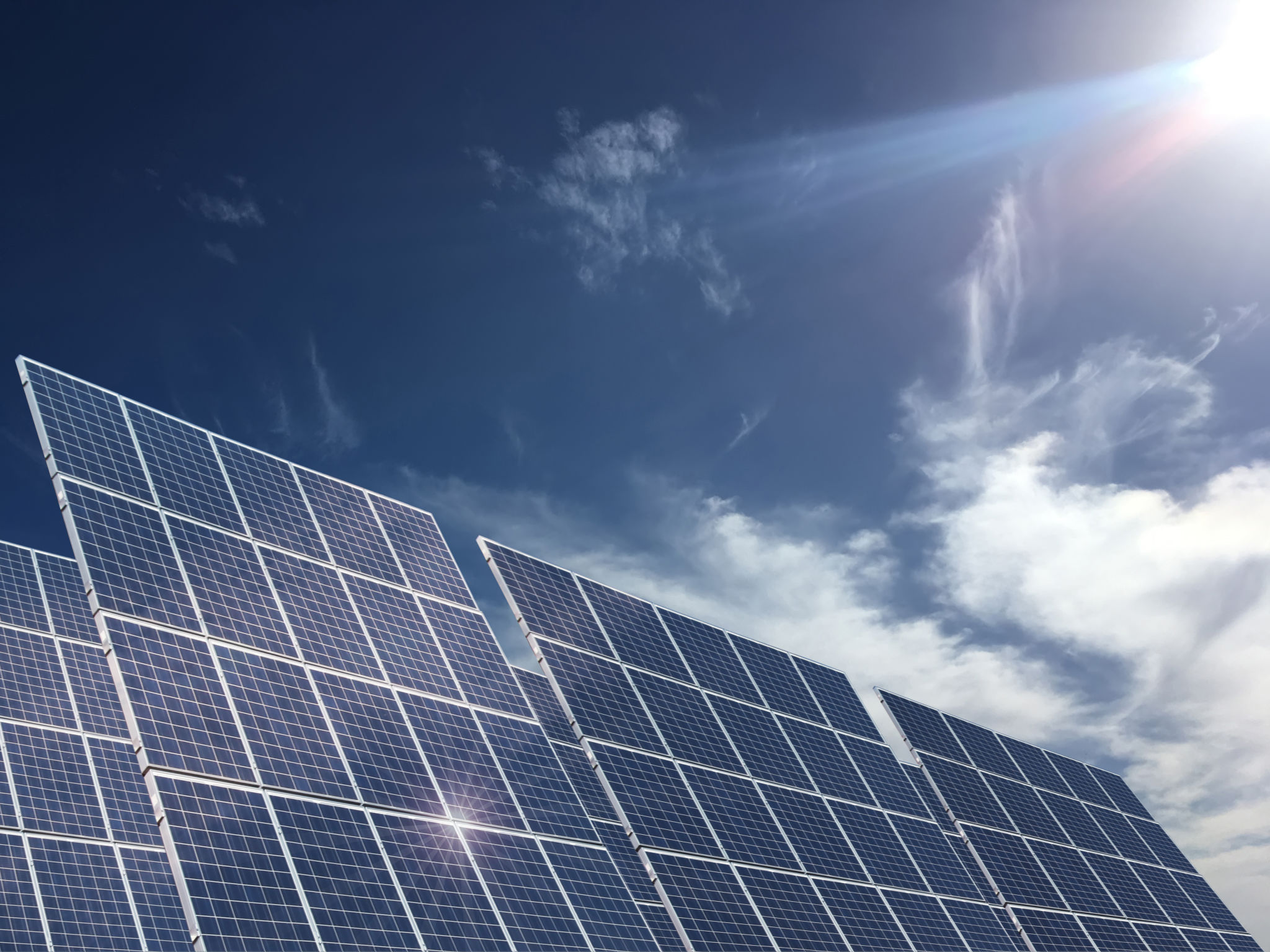How to Differentiate Between Eco-Friendly and Traditional Homes in Monterrey
Understanding the Basics of Eco-Friendly Homes
Eco-friendly homes, also known as sustainable or green homes, are designed with the environment in mind. They incorporate materials and technologies that aim to reduce the carbon footprint and promote energy efficiency. In Monterrey, an increasing number of homeowners are opting for eco-friendly constructions due to the numerous benefits they offer, not only to the environment but also to personal well-being and financial savings.
Traditional homes, on the other hand, are typically built with conventional materials and methods that may not prioritize sustainability. While they have their own set of advantages, such as potentially lower upfront costs and established design practices, they often lag behind in terms of energy efficiency and environmental impact.

Materials and Construction Methods
The choice of materials is a key differentiator between eco-friendly and traditional homes. Eco-friendly homes often utilize recycled or renewable materials such as bamboo, reclaimed wood, or recycled steel. These materials are chosen for their lower impact on the environment compared to conventional materials like concrete or non-recycled metals.
Construction methods also vary significantly. Eco-friendly buildings may incorporate passive solar design, green roofs, or advanced insulation techniques to improve energy efficiency. In contrast, traditional homes usually follow standard construction practices that may not integrate these sustainable features.
Energy Efficiency and Resource Management
One of the most noticeable differences is energy efficiency. Eco-friendly homes often include features such as solar panels, energy-efficient windows, and smart home technology to optimize energy use. This not only reduces utility bills but also lowers the home's overall carbon footprint.

Resource management is another crucial aspect. Eco-friendly homes may use rainwater harvesting systems or greywater recycling to minimize water usage. Traditional homes might not have these systems in place, leading to higher water consumption and waste.
Indoor Air Quality and Living Environment
The focus on sustainability also extends to indoor air quality. Eco-friendly homes often use non-toxic paints and finishes, as well as ventilation systems that improve air circulation. This creates a healthier living environment by reducing harmful pollutants.

In contrast, traditional homes might use standard paints and materials that can emit volatile organic compounds (VOCs), potentially affecting indoor air quality negatively. This aspect is becoming increasingly important for homeowners who prioritize health and wellness in their living spaces.
Long-Term Financial Benefits
While the initial investment for an eco-friendly home might be higher, the long-term financial benefits often outweigh these costs. Energy-efficient features can significantly reduce electricity bills over time, and many eco-friendly homes are eligible for tax incentives or rebates.
Traditional homes may have lower upfront costs, but they might lead to higher utility expenses due to less efficient systems. Homeowners could also face additional costs when retrofitting traditional houses to meet modern energy standards.
Choosing the Right Home in Monterrey
When deciding between an eco-friendly and a traditional home in Monterrey, it's essential to consider personal priorities and long-term goals. If environmental sustainability and lower operational costs are important, an eco-friendly home might be the better choice.
However, if immediate affordability is a primary concern, or if traditional architectural styles are preferred, a conventional home could be more suitable. Ultimately, understanding these differences can help potential homeowners make informed decisions that align with their values and lifestyle.
